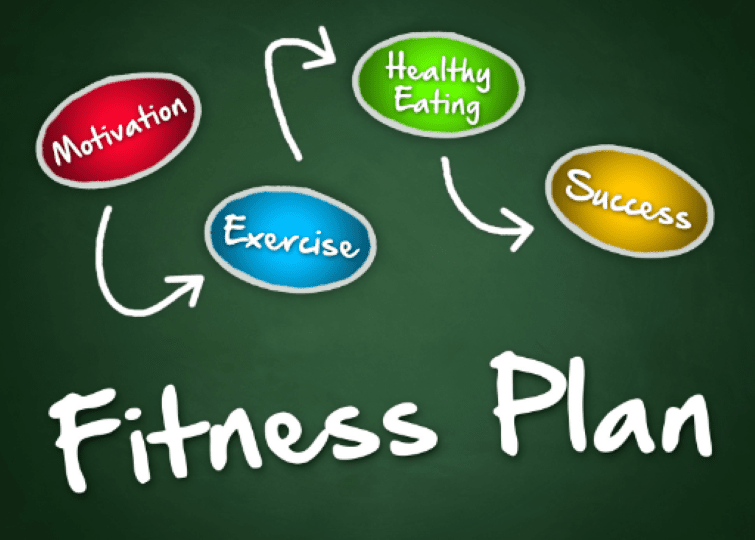Back pain is a common condition affecting many individuals across different ages. The causes of back pain can vary, but the good news is that it is often treatable with exercise and discipline. You can significantly reduce or even eliminate back pain by following a consistent exercise regimen and practicing healthy habits. Here are six steps to help you achieve a pain-free back.
Identify the Source of Your Back Pain

The first step in eliminating back pain is to identify the source of the pain. Many potential causes of back pain include poor posture, muscle strains or sprains, a herniated disc, or spinal stenosis. Once you have identified the source of your back pain, you can tailor your exercise program to address it. If you’re unsure of the source of your back pain, it’s always best to consult with a healthcare professional to ensure you’re on the right track.
Build a Strong Core
A strong core is essential for supporting your back and maintaining good posture. The core muscles are the muscles in your abdomen and back that help to stabilize your spine. Exercises that target these muscles can help reduce back pain and prevent future injuries. Many different exercises can be done to strengthen your core. Examples include planks, sit-ups, and yoga poses like downward-facing dog or bridge poses. It’s important to start with exercises appropriate for your fitness level and gradually progress as you get stronger.
Stretch Regularly

Stretching is another important component of an exercise program designed to eliminate back pain. Tight muscles can contribute to back pain, so keeping them limber is essential. Stretching can also help improve your flexibility and range of motion, making it easier to perform other exercises. Many different stretches can be done to target the muscles in your back. Examples include the cat-cow stretch, seated spinal twist, and standing hamstring stretch. It’s important to stretch regularly to maintain flexibility and prevent muscle tightness.
Incorporate Cardiovascular Exercise
Cardiovascular exercises, such as walking, jogging, or cycling, can help you lose weight, reducing the load on your back. Maintaining a healthy weight can also help prevent future back pain. Cardiovascular exercise also increases blood flow and oxygen to the muscles, which can help speed up the healing process. It’s important to start with exercises appropriate for your fitness level and gradually progress as you get stronger. Aim for at least 30 minutes of cardiovascular exercise most days of the week.
Practice Good Posture
Good posture is essential for maintaining a healthy back. Poor posture can put additional strain on the muscles and joints, leading to back pain. Practicing good posture can help reduce the risk of developing back pain and improve existing back pain. To practice good posture, stand up straight with your shoulders back and your chin tucked in. Ensure your feet are hip-width apart and your weight is evenly distributed on both feet. Avoid slouching or leaning forward, and make sure your computer monitor is at eye level.
Make Healthy Lifestyle Choices
In addition to exercise, healthy lifestyle choices can help reduce back pain. This includes maintaining a healthy diet, sleeping well, and avoiding smoking. Eating a healthy diet can help you maintain a healthy weight while getting enough sleep can help reduce stress and inflammation. Smoking can also contribute to back pain, decreasing blood flow to the muscles and reducing the body’s ability to heal itself. Quitting smoking can help improve your overall health and reduce your risk of developing back pain.
Conclusion
Back pain can be debilitating, but with the right approach, it can be managed and even eliminated. Exercise and discipline are key components of an effective back pain management program. You can significantly reduce or eliminate back pain by building a strong core, stretching regularly, incorporating cardiovascular exercise, practicing good posture, and making healthy lifestyle choices. It’s important to start with exercises appropriate for your fitness level and gradually progress as you get stronger. Before starting any exercise program, consult a healthcare professional, listen to your body, and adjust your routine as needed.






